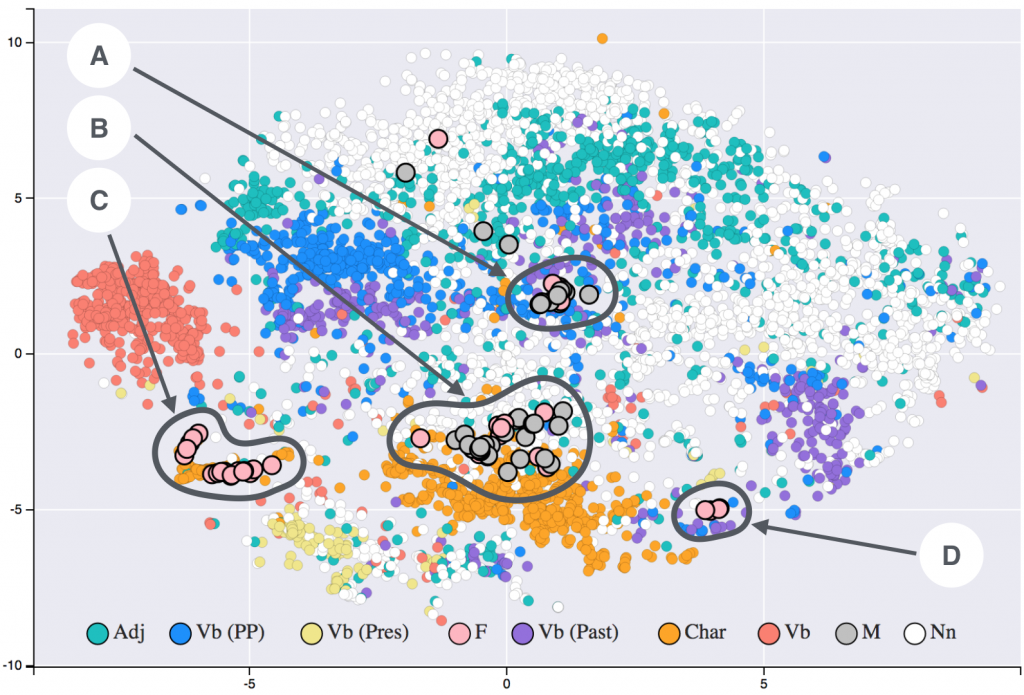🔍 Why FHIRy Matters
In the evolving landscape of health information systems, interoperability is no longer a luxury—it’s a necessity. The Fast Healthcare Interoperability Resources (FHIR) standard, developed by HL7, has emerged as a cornerstone for structuring and exchanging electronic health data. But while FHIR excels at standardization and data sharing, it stumbles when faced with the demands of modern analytics and AI workflows. Enter the fhiry package—a Python toolkit that bridges this gap with elegance and efficiency.
🏥 The Promise of FHIR in Health Information Systems
FHIR was designed to solve a fundamental problem: how to enable seamless, standardized communication between disparate healthcare systems. It provides:
- Modular Resources: Patient, Observation, Condition, Medication, and more—each defined with a consistent schema.
- RESTful APIs: Making it easy to query and retrieve data using standard HTTP methods.
- Extensibility: Supporting custom extensions while maintaining core interoperability.
- Global Adoption: Used by major EHR vendors, government agencies, and research institutions.
In short, FHIR is the lingua franca of health data exchange. But when it comes to analytics and AI, its strengths become limitations.
⚠️ Why FHIR Is Not Conducive to AI and Analytics
Despite its utility, FHIR data presents several challenges for data scientists and machine learning practitioners:
1. Nested and Complex Structure
FHIR resources are deeply nested JSON objects. For example, a Patient resource might contain arrays of telecom entries, addresses, and extensions. This structure is great for flexibility but terrible for tabular analysis.
2. Inconsistent Representations
Even within the same resource type, fields may vary based on context or implementation. This inconsistency complicates feature engineering and model training.
3. Lack of Native Support for ML Pipelines
FHIR was not designed with TensorFlow, PyTorch, or scikit-learn in mind. Converting FHIR data into a format suitable for these tools requires significant preprocessing.
4. Limited Query Capabilities
FHIR servers support basic search parameters, but lack the expressive power of SQL or natural language queries. This limits exploratory data analysis and hypothesis generation.
5. Scalability Issues
Bulk data exports in NDJSON format are helpful, but parsing and flattening them into usable datasets is non-trivial—especially at scale.
🚀 Enter fhiry: FHIR to Pandas for AI and ML
The fhiry package, is a game-changer for anyone working at the intersection of healthcare and data science. It transforms FHIR’s complexity into analytical clarity.
🔧 What Is fhiry?
fhiry is a Python package that converts FHIR bundles and NDJSON files into flat, analysis-ready pandas DataFrames. It supports:
- FHIR Server Search: Pull data directly from FHIR servers using the Search API.
- Bulk NDJSON Import: Parse and flatten NDJSON files from SMART Bulk Data exports.
- Google BigQuery Integration: Query FHIR tables hosted on BigQuery.
- Natural Language Queries: Use LLMs to query FHIR data conversationally.
- Custom Column Filtering and Renaming: Tailor the DataFrame to your needs.
📦 Key Features
This tool offers a range of features designed to efficiently manage and analyze FHIR data. It includes a flattening capability that converts nested FHIR JSON into flat DataFrames, simplifying data manipulation. The tool supports NDJSON, allowing for the efficient parsing of bulk exports. With the FHIR Search API, users can fetch resources using parameterized queries, enhancing data retrieval flexibility. Additionally, BigQuery access is enabled, providing SQL-like querying capabilities for FHIR datasets. LLM integration is supported through llama-index, which facilitates natural language queries. Finally, the tool offers configurable columns, allowing users to remove or rename fields through a JSON configuration.
The fhiry package includes a FlattenFhir class that transforms complex FHIR bundles or resources into flattened textual representations, making them suitable for LLM ingestion and reasoning.
🧰 Customization
You can pass a config JSON to remove or rename columns:
🌐 Why fhiry Matters
By flattening FHIR data and integrating with ML tools, fhiry unlocks new possibilities:
- Accelerated Research: Quickly prototype models using real-world health data.
- Improved Accessibility: Lower the barrier for data scientists unfamiliar with FHIR.
- Enhanced Interoperability: Combine FHIR with other datasets in unified pipelines.
- Scalable Analytics: Leverage BigQuery and LLMs for large-scale insights.
⭐ Final Thoughts
FHIR is indispensable for health data exchange, but its analytical limitations have long frustrated researchers and developers. fhiry elegantly solves this problem, transforming FHIR from a data silo into a launchpad for AI innovation.
Whether you’re building predictive models, exploring patient cohorts, or experimenting with LLMs in healthcare, fhiry is the missing link between interoperability and intelligence.
Explore the project on GitHub and give it a ⭐️ if it helps you unlock the full potential of FHIR.


